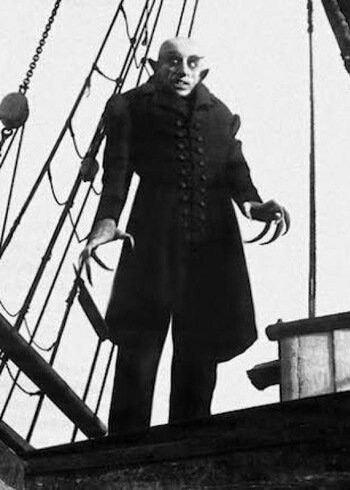
With its lurid tales of terror and temptation, of haunted castles and swooning damsels in distress, Gothic fiction was a highly extravagant response to eighteenth- and nineteenth-century social and political developments, such as the growing scepticism towards aristocratic privilege, scientific and industrial progress, or the increasing importance of the Woman Question. Unshackled by the formal strictures of neoclassicism and the increasingly realist novel, Gothic fiction gave unprecedented leeway to the imagination in order to paint a sensationalist picture of class conflict, explore the depths of the human psyche, and reimagine gender relations in transgressive ways. We will begin our survey with Horace Walpole’s The Castle of Otranto (1764), commonly regarded as the first Gothic novel and a highly influential model for the vogue of Gothic fiction that followed in its wake. The central focus of this course will lie on the Romantic period, and we will explore Gothic themes and concerns in a number of poems by Coleridge, Keats, and Lord Byron. However, we will also turn our attention to a more critical reception of the Gothic in Thomas Love Peacock’s satirical novella Nightmare Abbey (1818), which throws the generic conventions of the Gothic novel into stark relief. Finally, we will read the most canonical examples of Gothic fiction in the period, which were produced by the Diodati Circle, a group of young Romantic writers who met in summer 1816 in Cologny near Geneva: John Polidori’s short story “The Vampyre” (1816), which gave birth to the literary archetype of the vampire, and Mary Shelley’s novel Frankenstein (1818), an inquiry into the mysteries of creation and the sins of science.
- Dozent/in: Kilian Markus Schindler
